My name is Jay Farrell, and I’m a Nashville, Tenn.-based documentary wedding photographer. I own my own photography business, Jay Farrell Photography, which services Nashville, Middle Tennessee, Kentucky, and surrounding areas. Aside from my specialty of wedding photography, I also specialize in headshots and fine art/boudoir photography.
I was a Canon 1D series user for 10 years, and was looking to upgrade my 7 year old 1D Mark III, but hesitated because I was not impressed with my upgrade options. I had felt like Canon abandoned me, instead of me looking to leave them. I couldn’t understand why they made so many different models, with there being a major deal breaker with each of them, unless I was to spend way more than I ever have on a body in the past.
My friends at the local camera shop use Fuji mirrorless. I saw their work with those cameras, and was highly impressed with the sharpness, highlight and shadow detail, color and optics. The size and weight was just a bonus. I decided to look into these types of cameras as an option for me. After lots of research, I bought the Fujifilm X-T1 with kit lens and battery grip. Then soon after, I bought the two Zeiss Touits, 12 and 32mm, and the 56mm 1.2. I quickly realized that the Canon 24-70 2.8 V2, that I had paid over two grand for, this kit lens would rival it, with the exception of being a 2.8-F4 variable f-stop, which caught my attention. This was my first commissioned shoot I did with the Fuji with the Zeiss 32 1.8, after many field tests.
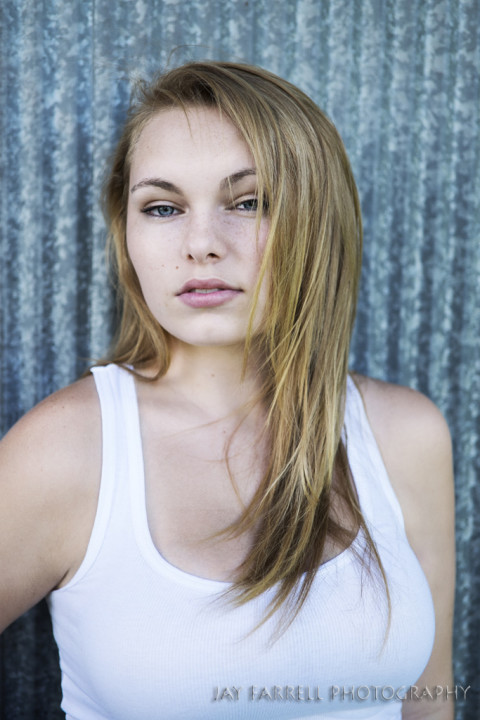
The learning curve is pretty extensive especially with getting to know the menu, and becoming familiar with the contrast based focusing system/manual focus with peaking, and electronic viewfinder. It felt odd at first, but I discovered that in darker settings I now see better compared to before. I could tell from the beginning, this camera would change how I think about certain aspects of photography as well as techniques.
Though the X-T1 is an improvement over its predecessors, auto focus speed in certain low light and backlit conditions is the only drawback in my opinion. The back button focusing, otherwise known as auto focus lock, is a VERY vital option especially in low light or backlit conditions where the contrast focus detection hunts for a focus point. Manual focus with peaking is a great option, and not cumbersome once you use it. Once the colored lines are at the harshest, when adjusting the focus clutch, your image is in focus. Alternatively, you can select back button AF lock an as long as the shutter button is never released from the halfway down position where you focus, between shots, it keeps that subject area’s focus point locked so you don’t need to keep re focusing and composing. Continuous focus, once you select it, will do the same thing by tracking a moving subject. Also, anticipation with wedding photography is good, I found it useful to lock my focus when I knew something there was about to happen quickly, and I rely on depth of field to keep the area in focus. With less weight and a stealthier feel, and a quieter shutter to what I was used to, I see the Fuji and me as a good tandem. I find I can more easily “sneak up” on subjects during candid moments at weddings, and the kids seemed to freeze up a little less. Other than that, I have not been a mirrorless user long enough to gauge customers’ and photo subjects’ feedback on it. A few thought it was fascinating. I call it functional in the right hands. 🙂
A mirrorless user must not think like an SLR user to adapt to the learning curve. It can work well for most any professional photographer, with the exception of sports shooters. Battery life is shorter, the grip helps, aftermarket batteries are not expensive, I keep them handy, no problem there.
Also, third party flashes, the ETTL will not work, no issue here. I use my Canon Speedlites in manual and also trigger off camera strobes like my Elinchrom Quadras. I have found myself using prime lenses more than I ever have before, including at weddings and events. It’s a thinking photographer’s camera. No camera is perfect, but if it suits your needs and you enjoy using it, you’ve won. I now have two X-T1 bodies–I picked up a used second body and now am ready to conquer the next wedding, all Fuji, like the last one. I love the feel and stealth nature of the mirrorless when photographing weddings.
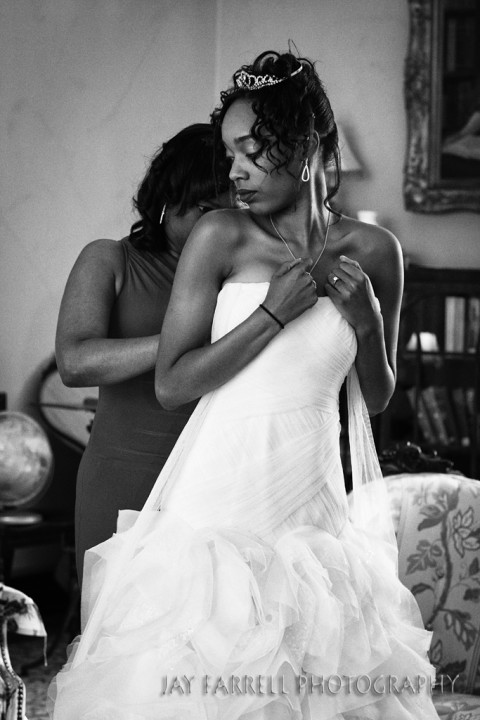
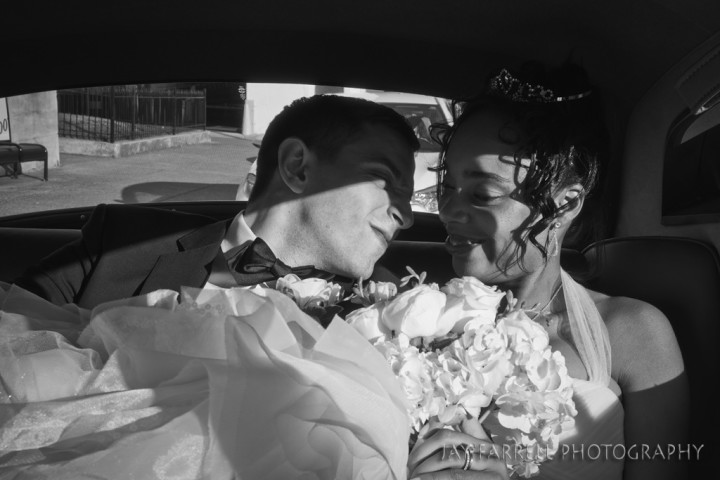
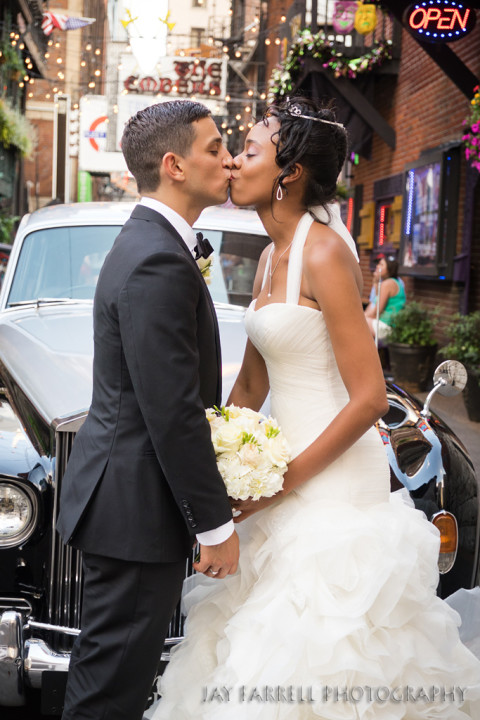
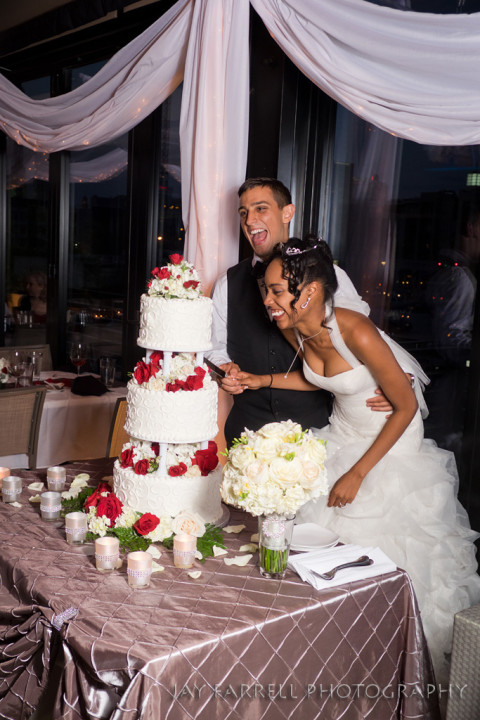
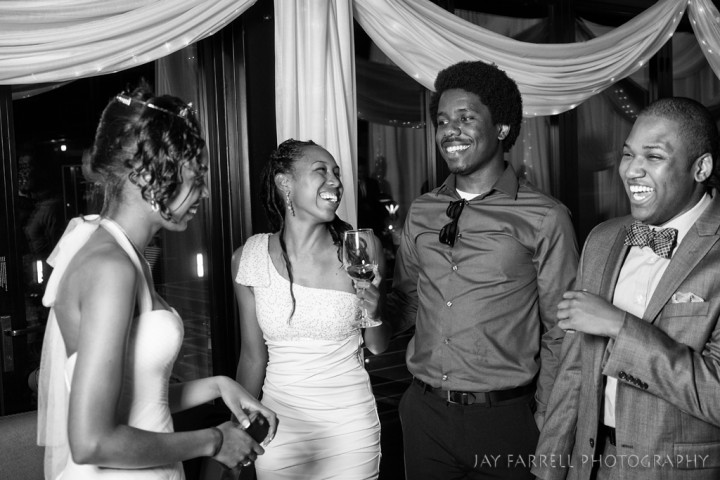
I went cold turkey with that wedding, and used only the Fuji, the 18-55, the Zeiss 32 and the 56. Overall I was very pleased, I learned by experience some helpful focus aids I have used since then. The back button focusing, otherwise known as auto focus lock, is a vital option especially. Here are some from a recent commercial and boudoir shoot, with the 32 and the 56.
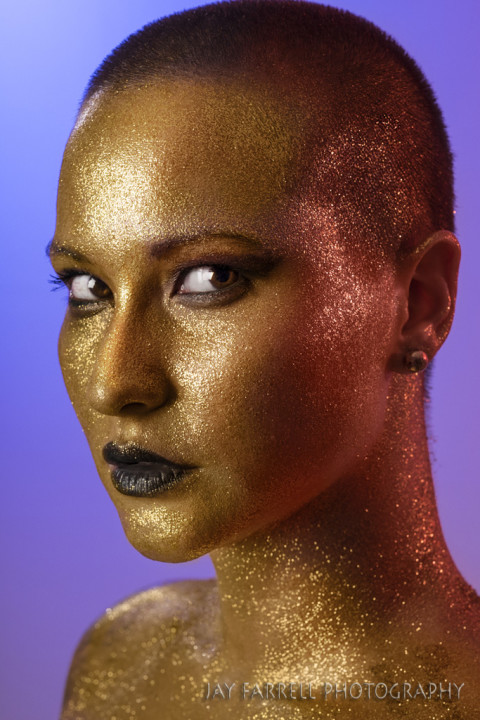
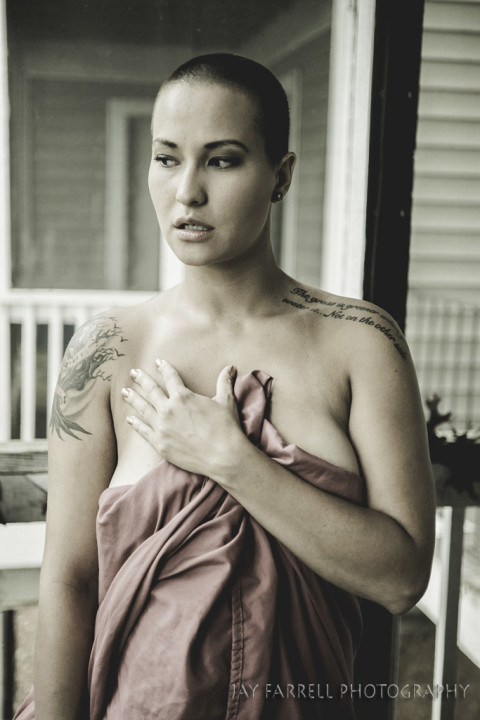
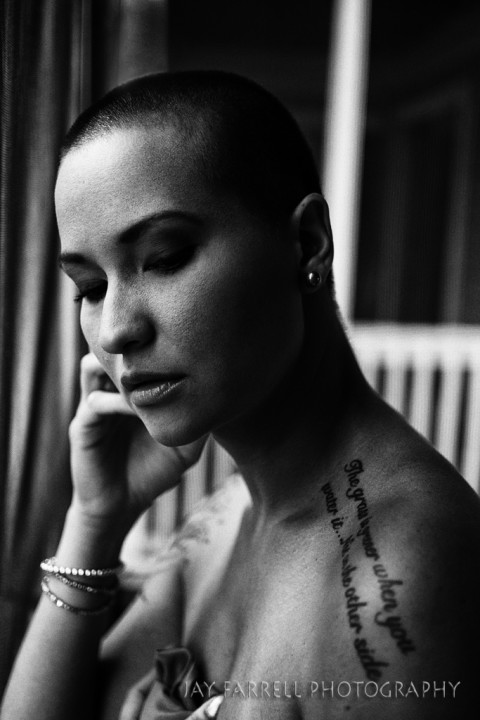
I am in the process of selling my Canon gear, and honestly I have only used it once in the three months I have had the Fuji. So, even now, I can technically say I’m all Fuji mirrorless. It may not be for everybody, but if you decide it is, give it time and don’t expect the learning curve to be quick or easy. I recently wrote a blog on my website regarding my experience with Fuji mirrorless cameras, as well as tips for new users.
Be sure to check out Jay’s photography website and follow his work on Facebook and Twitter!
